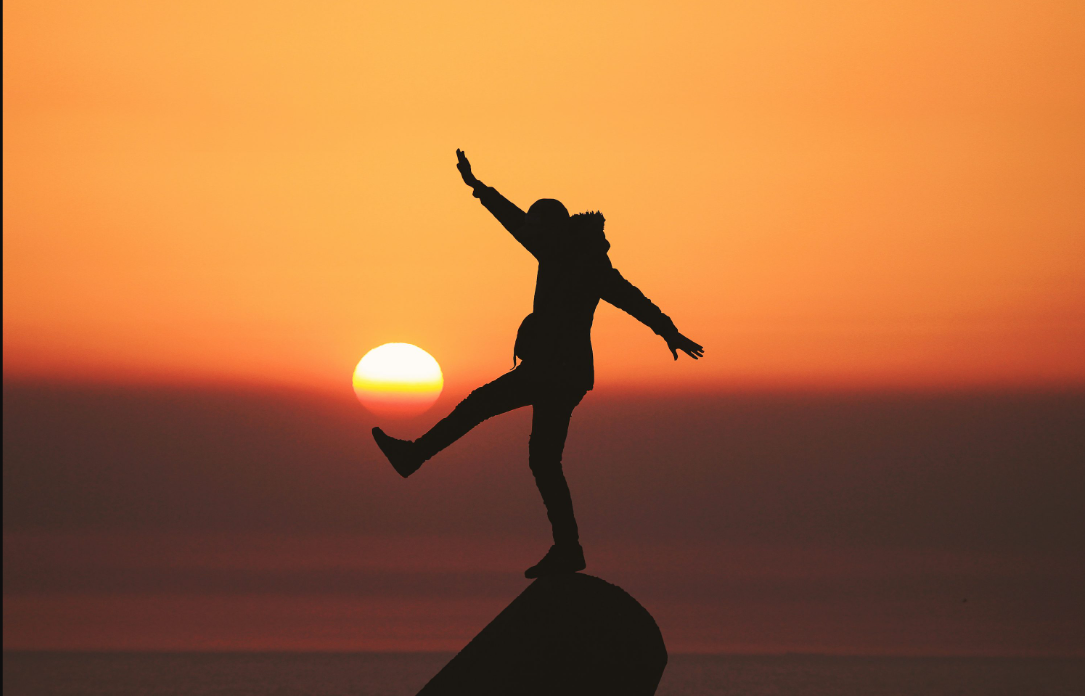
Understanding Life in Creative Balance
Life in creative balance is about living with purpose while combining imagination, discipline, and personal well-being. It means finding a way to grow, stay productive, and enjoy life without losing energy or focus. Many people struggle with either too much structure or too much freedom. Balance comes when both work together, creating space for creativity, stability, and growth.
The Importance of Balance in Daily Life
Daily routines often become repetitive, leaving little room for new ideas. On the other hand, living without any structure can lead to confusion and wasted time. Life in creative balance encourages people to combine routine tasks with activities that inspire them. This may include setting clear goals for work or study but also leaving space for hobbies, learning, or simple relaxation. A balanced lifestyle ensures progress while still keeping energy for creativity and joy.
Creating the Right Environment
The environment where we spend time plays a large role in shaping our thoughts and actions. A well-arranged space can encourage fresh ideas, while a messy or dull environment can reduce motivation. To support life in creative balance, it helps to design living and working spaces that are simple, organized, and personal. This can include adding plants, keeping natural light, or placing inspiring items such as books or artwork nearby. Even small changes can improve focus and creativity.
Setting Goals with Flexibility
Goals bring direction, but they need to be flexible. Strict plans may lead to stress, while a lack of planning can make progress difficult. A balanced life allows both. For example, a person may set weekly targets for work, fitness, or skill-building while keeping space for unexpected opportunities. Flexibility ensures that life in creative balance stays practical and enjoyable rather than overwhelming.
Learning and Personal Growth
Growth is an important part of balance. People who explore new skills and ideas are more likely to stay motivated. Reading, attending courses, or trying new activities can add fresh energy to daily life. Reflection is equally important. Keeping a journal or taking quiet time to think about past choices helps guide future decisions. Growth and reflection together create stability while supporting creativity.
The Role of Community and Relationships
Life in creative balance does not exist in isolation. Family, friends, and communities influence the way people live. Positive relationships provide support, encouragement, and new perspectives. Sharing experiences with others can reduce stress and bring motivation to try new things. Joining groups or communities with similar interests is also helpful, as it creates a space where ideas are shared and appreciated.
Using Technology Wisely
Technology is a powerful tool, but it can either support balance or disrupt it. Online resources offer endless opportunities to learn, create, and connect. At the same time, too much screen time can cause distractions and reduce focus. The key is to use technology with purpose. Digital tools should help in achieving goals, organizing life, or learning new skills rather than becoming a source of constant interruption. Used wisely, technology supports life in creative balance.
Daily Habits for Balance
Small daily habits often create the strongest impact. Morning routines that include planning, writing, or a short exercise session can prepare the mind and body for the day. Evening routines such as reflection, reading, or practicing gratitude help close the day with focus and calmness. These habits, when done consistently, bring balance without requiring major effort. Life in creative balance is built step by step through such simple practices.
Health and Well-being
Physical and mental health are essential for balance. Without rest, good nutrition, and exercise, it becomes difficult to stay productive or creative. Activities like walking, stretching, or meditation help reduce stress and refresh the mind. Balanced living also includes taking breaks, enjoying nature, and spending time away from constant work. A healthy body and mind support creativity and make daily challenges easier to manage.
Embracing Mistakes and Change
Mistakes are part of growth and should not be feared. Many people avoid new experiences because they worry about failure. However, mistakes provide valuable lessons and improve skills. Life in creative balance accepts mistakes as a natural part of progress. Change is also important. As people grow, their goals and routines may shift. Accepting change helps keep balance while opening the door to new opportunities.
Living with Intention
At the center of life in creative balance is intention. Every action becomes meaningful when it aligns with personal values and goals. Instead of following routines without thought, intentional living encourages people to choose activities that match what truly matters to them. Whether it is spending time with family, working on a passion project, or contributing to the community, living with intention creates satisfaction and fulfillment.
Conclusion
Life in creative balance is about combining structure with freedom, growth with reflection, and productivity with rest. It is a way of living that values creativity while maintaining stability. By creating supportive environments, setting flexible goals, building positive relationships, and caring for health, anyone can achieve balance in their daily life. Mistakes, changes, and challenges are part of the process, but they also bring growth and resilience. Living with intention ensures that every step is meaningful. A balanced life is not about perfection but about making steady, thoughtful choices that bring harmony, purpose, and creativity together.


